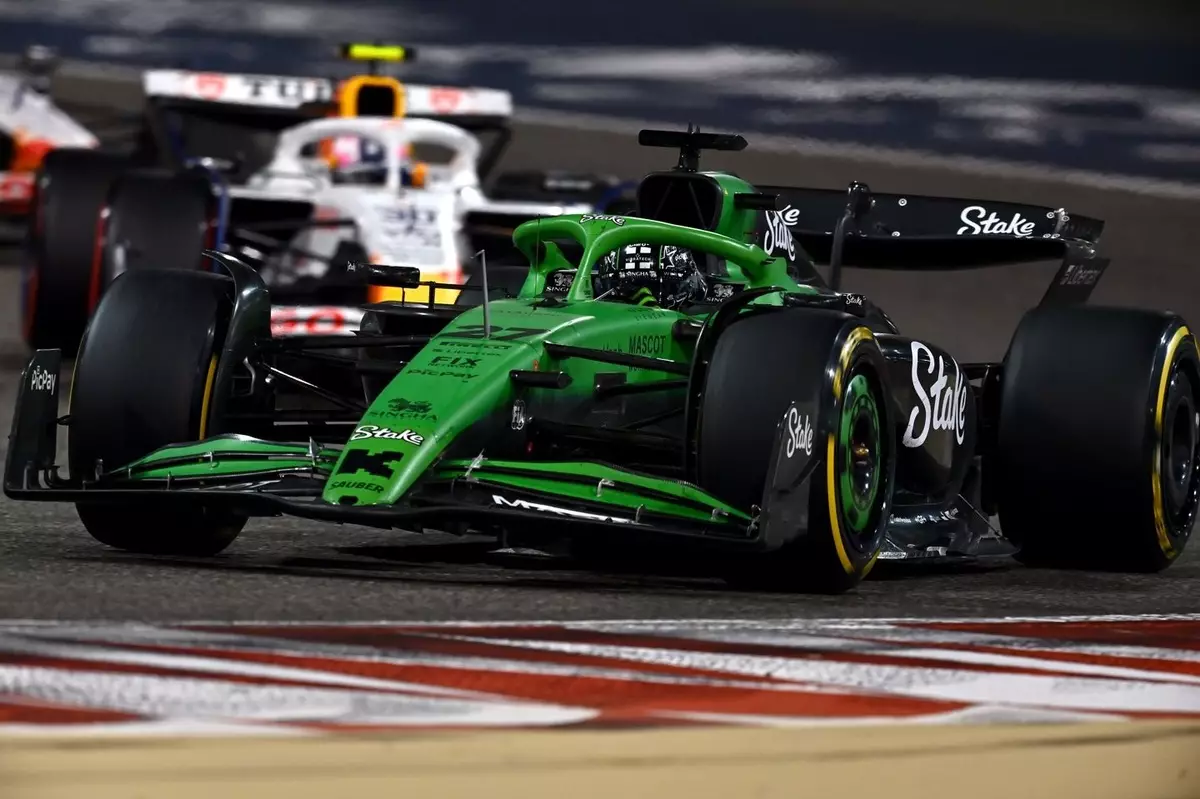In the high-stakes world of Formula 1, the elite teams meticulously strategize their way through the chaos of a race weekend. Unfortunately for the Sauber Formula 1 Team, their efforts took a significant hit during the Bahrain Grand Prix when Nico Hulkenberg finished in 13th place, only to be disqualified post-race due to an embarrassing and costly technical infringement. The issue? The car’s skid plank, a critical component for measuring race legality, was ground down to a mere 8.4mm—well below the mandated minimum thickness of 9mm. This was not just an isolated incident; it marked the second race of the season in which a competitor faced disqualification for having excessive skid wear, with none other than Lewis Hamilton’s Ferrari also flagged for the same infraction earlier in the season.
The disqualification has left the Sauber team grappling with a multitude of unanswered questions. Veteran team manager Beat Zehnder expressed frustration, stating, “Apparently the skids have been measured lower than 9mm.” The hope was that consistent monitoring during practice sessions—FP1, FP2, and FP3—would prevent such mishaps. Yet, despite these measures, something went awry. Zehnder speculated that Hulkenberg’s limited laps in FP3 might have left them without a crucial reference for ensuring the skid plank’s integrity. This acknowledgment highlights a key issue within the operational environment of modern F1 racing: even minute oversights can have significant repercussions.
Technical Oversights and Their Implications
Zehnder’s candid admission underscores the challenges faced by teams in navigating the delicate balance between performance and compliance. While the bumpy Bahrain circuit presents unique hurdles—such as a higher propensity for skid wear—Zehnder opted not to make excuses. His statement that “it’s a mistake from our side” exemplifies a critical mindset; rather than deflecting blame, the focus must remain on accountability and finding viable solutions. There’s an undeniable thrill in the dread and danger that racing invokes, but the technicalities of car preparation should never be an afterthought.
Hulkenberg’s situation starkly contrasts with that of his teammate, Gabriel Bortoleto, who managed to avoid the disqualification dilemma. The disparity in car setups, with Hulkenberg’s yielding more downforce, raises pertinent questions about the effectiveness of the team’s overall strategy. If different configurations yield vastly different results, how can Sauber optimize its performance spectrum while ensuring consistency across race weekends?
Points and Performance: A Season of Discontent
So far in the 2025 season, Sauber’s point-scoring opportunities have felt like chasing shadows. The chaotic mixed-weather race in Melbourne provided their sole points haul, which only deepens the urgency to rectify performance gaps before they become insurmountable. The team’s apparent inability to engage in meaningful contention during races speaks volumes about the consistency of their setup and the car’s competitive edge—or lack thereof.
Zehnder elucidated on this issue, noting the crucial role that qualifying plays in robbery of race opportunities. “It’s not only a race like Melbourne,” he stated, leading to the pondering of whether Sauber will require further favorable conditions to capitalize on points. In a field where even a fraction of a second can define the outcome of race strategies, their need to claw back two to three tenths of a second for a better grid position underscores the pressure the team finds itself in.
The Road Ahead: A Plea for Urgency
For the Sauber team, the path forward is clearly defined: improvement is essential, and urgency should dictate their strategies. Every race presents a delicate dance between ambition and pragmatism, and as the team continues to confront its shortcomings, the resilience of Sauber will be pushed to the forefront. They must not only refine their strategies for performance but also ensure that lapses in technical compliance don’t continue to undermine their efforts.
With the stakes higher than ever in the dynamic landscape of Formula 1, Sauber stands at a crossroads. A blend of accountability, adaptability, and urgency will dictate the success of this storied team moving forward in the season. As the world watches, the metrics of performance will speak volumes; each race could either define their resurgence or mark them as a cautionary tale in F1 history. The question now is: will they rise to the challenge or falter in the face of overwhelming competition?

